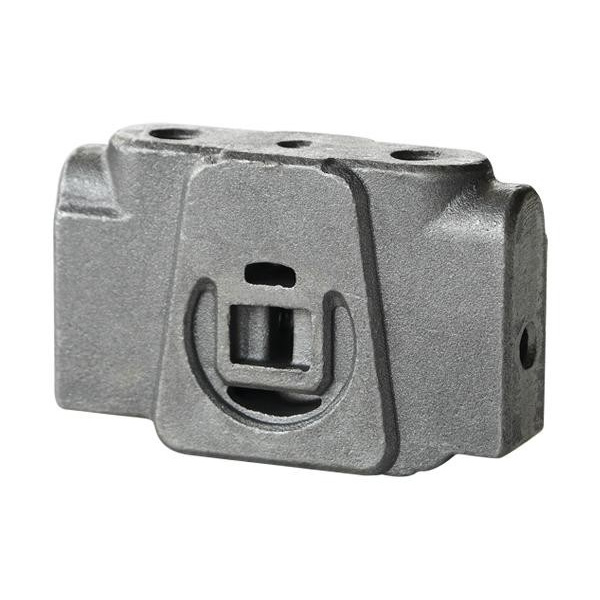What Is Iron Casting and Why Is It Important in Manufacturing?
2025-06-25
Iron casting is a manufacturing process where molten iron is poured into a mold to create complex shapes and components. This traditional and versatile method allows production of durable, high-strength parts used across automotive, machinery, construction, and many other industries.

What Is Iron Casting?
Iron casting involves melting iron (usually gray iron or ductile iron) and pouring it into a pre-shaped mold made from sand, metal, or other materials. Once cooled and solidified, the cast iron part is removed, cleaned, and finished. The process can produce parts ranging from small components to large industrial pieces with intricate designs.
Key Features and Benefits
Complex Geometry: Allows creation of shapes difficult or impossible to machine.
High Strength and Durability: Cast iron has excellent wear resistance and compressive strength.
Cost-Effective: Suitable for mass production and low-volume custom parts.
Versatility: Used for engine blocks, pipes, machine bases, and more.
Good Thermal Conductivity: Ideal for engine and machinery parts.
Recyclability: Scrap iron can be remelted and reused.
Common Types of Iron Casting
Gray Iron Casting: Contains graphite flakes, providing good machinability and vibration damping.
Ductile Iron Casting: Has spherical graphite for improved ductility and toughness.
White Iron Casting: Hard and abrasion-resistant, used in wear parts.
Malleable Iron Casting: Heat-treated white iron for improved toughness.
Applications of Iron Casting
Automotive Industry: Engine blocks, brake drums, and housings.
Construction: Pipes, valves, and structural components.
Industrial Machinery: Pump bodies, gears, and frames.
Agriculture: Equipment parts and machinery components.
Railway: Wheels, couplings, and track parts.
How to Choose the Right Iron Casting Process
Part Complexity: Match mold type and casting method to design.
Material Properties: Select appropriate iron type for strength and wear resistance.
Production Volume: Consider sand casting for low volume, and permanent mold for higher volume.
Surface Finish: Determine finishing needs for machining or coating.
Cost and Lead Time: Balance quality requirements with budget.
Conclusion
Iron casting remains a fundamental manufacturing process offering flexibility, strength, and cost efficiency. Its ability to produce complex, durable parts continues to support diverse industrial sectors worldwide.


